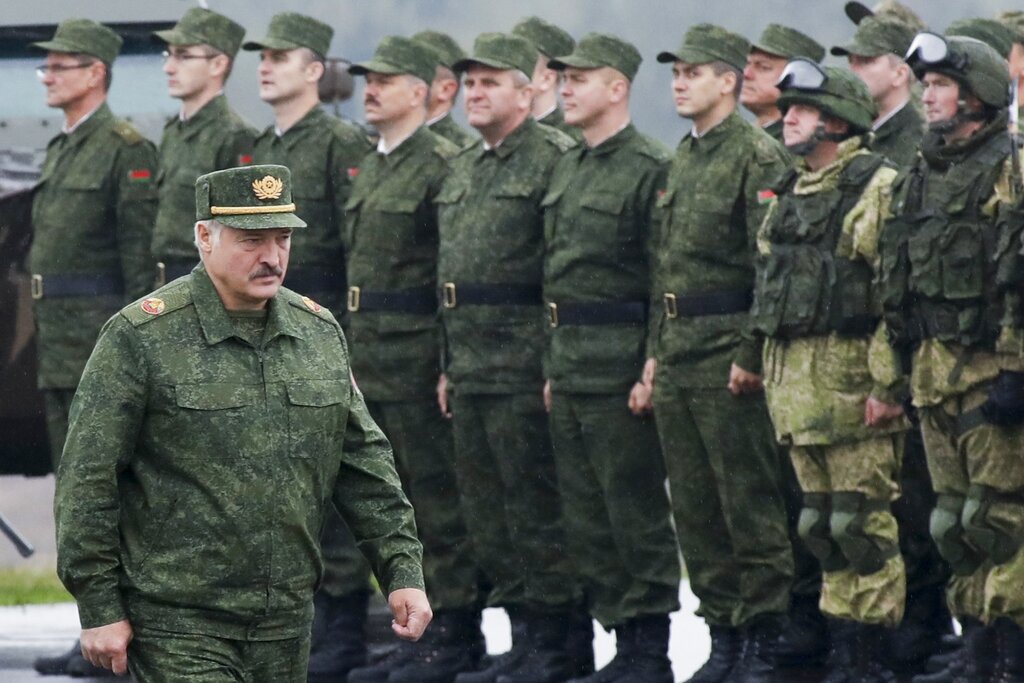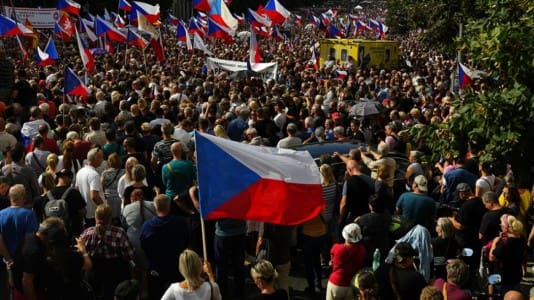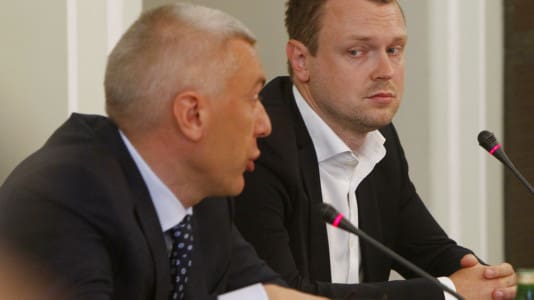Last week, Belarusian President Alexander Lukashenko announced the formation of the regional grouping of Russian and Belarusian forces. He also announced a drill to test the readiness of Belarusian forces and issued a high alert for a “terrorist threat.”
According to Anna Maria Dyner, an analyst from the Polish Institute of International Affairs (PISM), this does not mean that Lukashenko wants to become directly involved in the war in Ukraine.
“By using the supposed threat from NATO forces, especially Poland, as cover, Lukashenko may refuse to send his forces, but the grouping of forces presents an additional challenge to Ukraine and enables Russia to escalate tensions with NATO,“ said Dyner.
The PISM analyst reports that Russia is to send 9,000 troops, including 170 tanks and 200 armored vehicles, to central and northern Belarus. On Oct. 16, the Russians also began transferring some of its air force to help Belarus on the border with NATO.
Belarus is currently engaged in an autumn army draft, together with the mobilization of reservists. Dyner believes this indicates that Belarus will increase its existing back-up to Russian forces.
The Belarusian and Russian move, according to Dyner, “increased the risk of provocations on the border with NATO states through unexpected exercises or air space violations.”
This is why Dyner feels that NATO should increase its surveillance capacity to assess threats connected to this grouping, and it should also be prepared to speedily implement the strengthening of the NATO eastern flank as agreed at NATO’s Madrid summit.






